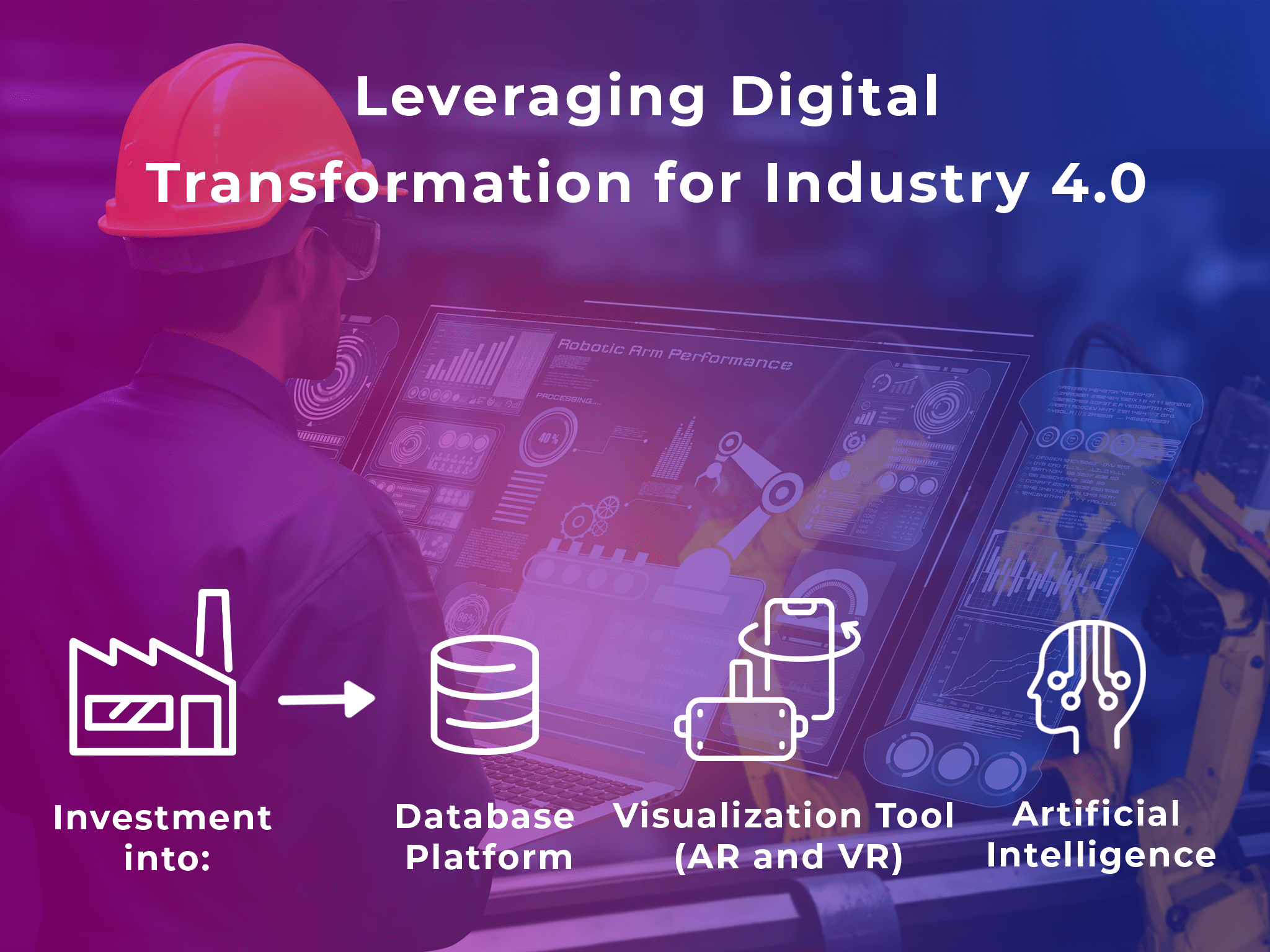Why should you invest in digitization?
Having said that, the first question that comes to your mind may be: Why do we need to invest in digitization in the first place when we are making enough profit? The answer is simple: to stay competitive in the long run. Spending money on digitization may seem like a luxury now – but think about it, your competitors are investing. If they succeed in such investment, they will be far ahead of the competition and out of your reach in a few years. While immediate improvements are of course important, it is also important to invest for the future, especially in the field of IT which is growing by leaps and bounds.
Why is digitization not going as fast as expected?
Digital transformation has been a trend for the past few years, but in reality, not many companies have been able to achieve it in a satisfactory manner. Why? One reason is the rapidly changing IT technology. Imagine that you invest heavily in a certain digital solution, but in a few years, new and better solution emerge. Then you may have to make a large investment into the new technology again, to win over the competition. This seems like a never-ending investment, which is why companies are hesitant to invest in and commit to certain digital solutions.
How can we cope with this problem? The key here is to invest in “scalable” digital solutions. When choosing a digital solution, you must consider whether investment can start small (in order to minimize risks), whether it is compatible with the systems and devices that are currently in place (because you wouldn’t want to renew all of your devices), whether it will bring an immediate impact in improving operational efficiency (otherwise there will be a backlash against change within the company), and whether it has future potential (so that you can scale up the digitization later).
Which digital solution should you invest in?
But in which areas of digital solution should you invest? Digitizing everything in your factory is not cost-effective, efficient, or necessary. Where would it be wise to start?
1. Database Platform
Investments into database platforms (e.g., ERP, MRP, digital twin, security systems, cloud systems, etc.) are undoubtedly one of the key places to start. The reason is simple. Digitization of the manufacturing process cannot be effectively realized without well-organized data. The key here is to choose a database system that is “scalable” and “flexible” and compatible with other systems. By doing so, you can collect, store, and analyze vast amounts of data from which you can gain valuable insights, make decisions, build marketing strategy, improve productivity, and respond quickly to market changes.
2. Visualization Tool
A well-organized database is meaningless unless the necessary data can be used in a timely manner and visualized in an easy-to-understand manner. In this sense, it is also very important to invest in visualization tools. The current trends among visualization tools are augmented reality (AR) and virtual reality (VR). Those IT technologies were originally developed in the field of gaming but have recently been attracting attention for industrial applications.
AR and VR are very effective tools for “efficient transfer of know-how” and “quick sharing of experiences” which are pressing issues for many companies. Although not widely recognized, people use a lot of energy when they convert 2D information into 3D objects in their brains (it is called “cognitive load”). AR and VR can greatly reduce this cognitive load and increase the speed of learning. While it may seem like a technology of the distant future, AR and VR are becoming affordable and commonly available technologies for most companies, and can be used in a variety of aspects, including training, assembly, maintenance, sales, and marketing.
If you are interested in hands-free support tool, using AR in smart glasses is also a good option. However, now may not be the optimal time to invest heavily in it. Currently, many companies are developing smart glasses with gesture recognition, eye tracking, and lightweight features – but it is still unclear which smart glasses will win the mainstream. Given the risks and the possibility that production and technical support may cease in a few years, it may be worth waiting a little longer.
3. Artificial Intelligence
Investing in AI is also something to consider. If AI can help your factory become more efficient, automatically assess conditions and take corrective actions, or perform simple tasks on behalf of operators, you could easily reduce the number of operators and human errors. Artificial intelligence encompasses a wide range of fields – some of the most mentioned include automation, machine learning, machine vision, robotics, natural language processing (NLP), and text, image, and speech generation. As AI is such a broad concept, it is recommended that you consult with an expert to determine what type of AI investment is best suited for your needs and the type of production you have.
In the face of rapid technological advancements, companies risk getting lost in vast amounts of unmaintained data if they neglect digitization. However, it is not enough to go digital blindly; it is very important to wisely choose “scalable” digital solutions. If you succeed in proactively realizing Industry 4.0, you may not only be ahead of the competition, but also reap the benefits in a more efficient way than ever before. Start with small investments with visible results first, then scale up. Digital Transformation has endless possibilities after all.

